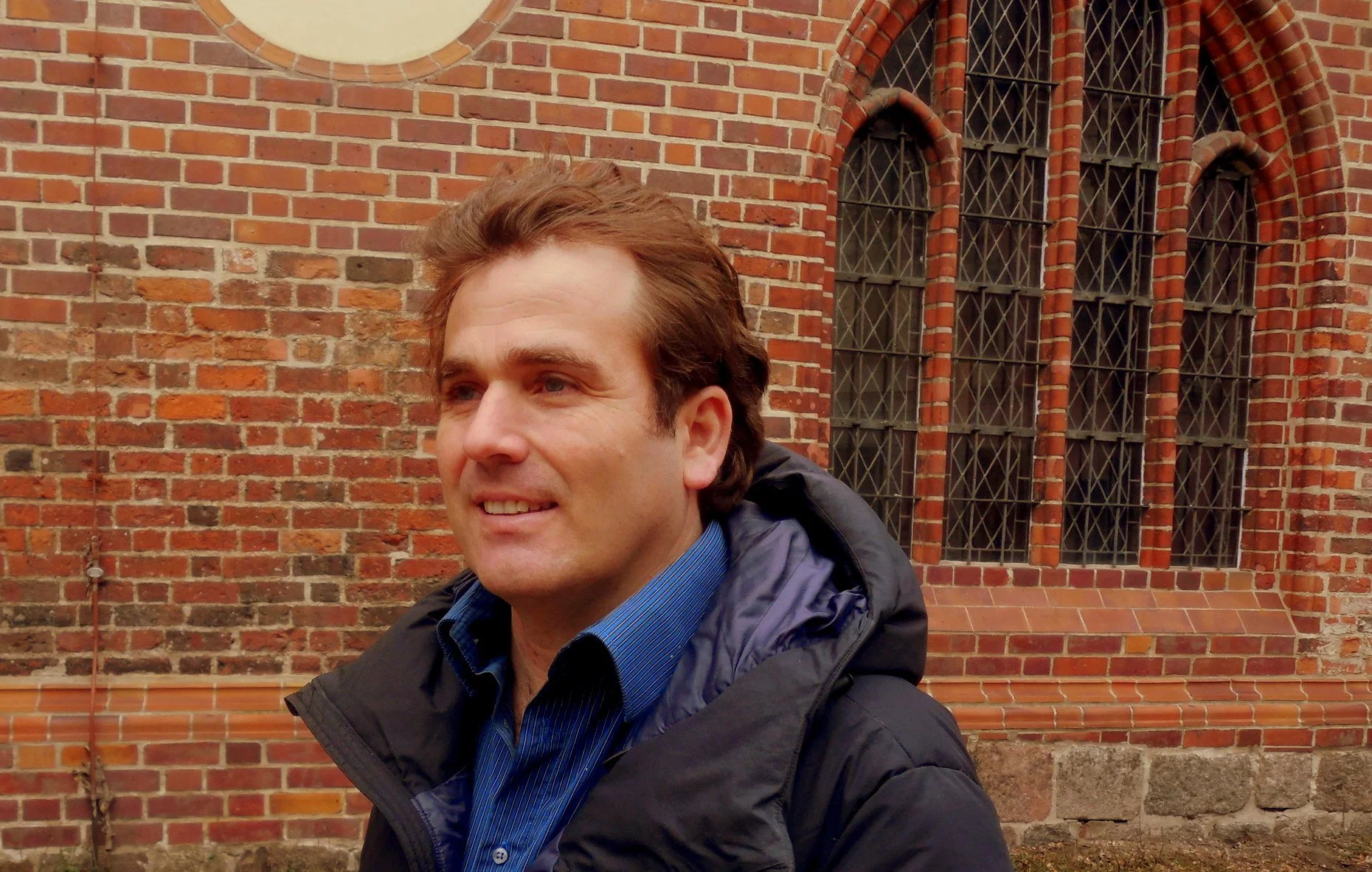
Dresden
The capital of the province of Saxony is a reborn baroque masterpiece sitting on a wide sweep of the Elbe River. Although almost completely destroyed in February 1945, Dresden is working with German thoroughness to recapture the city’s reputation as “the Florence on the Elbe.” Its yellow and pale-green facades are enormously appealing, and their mere presence is even more overwhelming when you compare what you see today with photographs of Dresden from February 1945, after an Allied bombing raid destroyed the city overnight. Dresden was the capital of Saxony as early as the 15th century, although most of its architectural masterpieces date from the 18th century and the reigns of Augustus the Strong and his son, Frederick Augustus II.
Though some parts of the city center still look as if they’re stuck halfway between demolition and construction, the present city is an enormous tribute to the Dresdeners’ skills and dedication. The resemblance of today’s riverside to Dresden cityscapes painted by Canaletto in the mid-1700s is remarkable. Unfortunately, the war-inflicted gaps in the urban landscape in other parts of the city are too big to be closed anytime soon.
Tour
Highlights
-
Dresden’s Frauenkirche (Church of Our Lady), completed in 1743, was one of the masterpieces of baroque church architecture. On February 15, 1945, two days after the bombing of Dresden, the burned-out shell of the magnificent Stone Bell collapsed. For the following five decades the remains of the church, a pile of rubble, remained a gripping memorial to the horrors of war. In the early 1990s a citizens’ initiative, joined by the Lutheran Church of Saxony and the city of Dresden, decided to rebuild the church using the original stones.
-
Restoration work is still under way behind the Renaissance facade of this former royal palace, much of which was built between 1709 and 1722. Some of the finished rooms in the Georgenbau (Count George Wing) hold historical exhibits, among them an excellent one on the reconstruction of the palace itself. The palace’s main gateway, the Georgentor, has an enormous statue of the fully armed Saxon count GeorgeThe palace’s old Hausmannsturm (Hausmann Tower) offers a wonderful view of the city and the Elbe River.
-
One of Germany’s best-known and most popular theaters; the Dresden architect Gottfried Semper built the Semperoper (Semper Opera House) in 1838–41 in Italian Renaissance style
-
Dresden’s magnificent baroque showpiece is entered by way of the mighty Kronentor (Crown Gate). Augustus the Strong hired a small army of artists and artisans to create a “pleasure ground” worthy of the Saxon court on the site of the former bailey, part of the city fortifications.
-
At one time the royal stables, this 16th-century building now houses the Verkehrsmuseum (Transportation Museum), a collection of historic conveyances, including vintage automobiles and engines
-
The Fürstenzug is a 336-foot-long Meissen tile mural of a royal procession. More than 100 members of the royal Saxon house of Wettin, half of them on horseback, are represented on the giant mosaic, known as the “Procession of Princes.”
-
The Gemäldegalerie Alte Meister (Gallery of Old Masters ) was built to house portions of the royal art collections. Among the priceless paintings are works by Dürer, Holbein, Jan van Eyck, Rembrandt, Rubens, van Dyck, Hals, Vermeer, Raphael, Titian, Giorgione, Veronese, Velázquez, Murillo, Canaletto, and Watteau.
-
This bridge, which spans the river in front of the Katholische Hofkirche, is the reconstruction of a 17th-century baroque bridge blown up by the SS shortly before the end of World War II.
AVAILABLE GUIDES:











